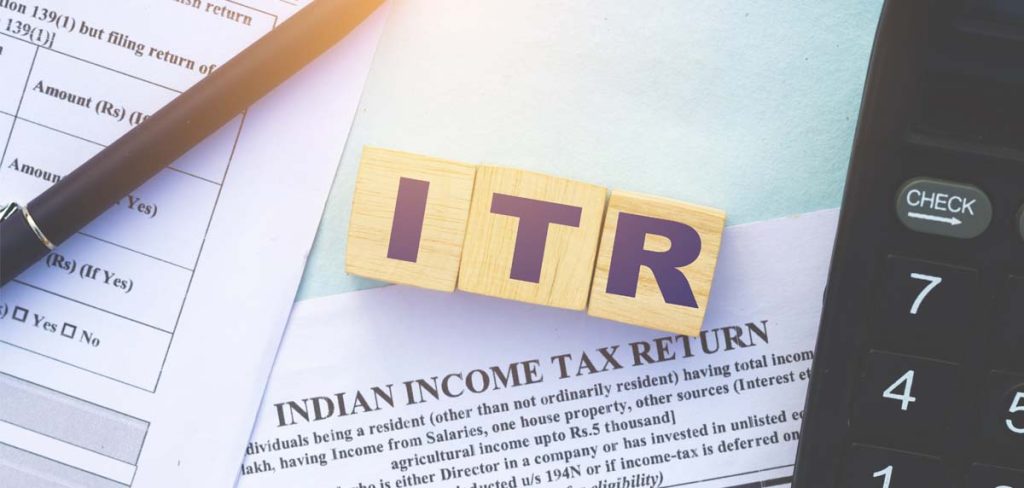
Filing your Income Tax Return (ITR) can seem daunting, but it doesn’t have to be. This guide breaks down the process, making it easier for both newbies and seasoned filers to navigate the world of ITR.
Income on which you Pay Tax
Besides the salary income you receive, you may be earning an income from several other sources. Your Total Income is the sum total of all heads of income below.
Why File an ITR?
Filing your ITR is a crucial part of being a responsible citizen. It’s a way of reporting your income to the government and calculating your tax liability. Beyond the legal requirement, filing your ITR comes with several benefits:
-
- Refunds: If you’ve paid more tax than you owe, you’ll receive a refund.
-
- Loan Approvals: ITR receipts are essential documents for loan applications.
-
- Visa Processing: Embassies often require ITR proof for visa applications.
-
- Financial Planning: Filing ITR helps you keep track of your income and expenses.
Who Needs to File?
Generally, individuals whose income exceeds the basic exemption limit set by the government are required to file an ITR. This limit varies based on age and residential status. Even if your income is below the threshold, filing an ITR is often beneficial, especially if you want to claim a refund.
Choosing the Right ITR Form:
Selecting the correct ITR form is vital. Here’s a simplified overview:
-
- ITR-1 (Sahaj): For individuals with salary income, house property income, and other income (like interest) up to ₹50 lakhs.
-
- ITR-2: For individuals with salary income, house property income, capital gains, and income from other sources.
-
- ITR-3: For individuals with income from business or profession.
-
- ITR-4 (Sugam): For individuals and Hindu Undivided Families (HUFs) with income from business or profession (presumptive income scheme).
-
- ITR-5: For firms, Limited Liability Partnerships (LLPs), Bodies of Individuals (BOIs), Associations of Persons (AOPs), estates of deceased individuals, artificial juridical persons, business trusts, investment funds, insolvent individuals, estates, cooperative societies, and local authorities.
-
- ITR-6: For all companies except those claiming an exemption under Section 11 of the Income Tax Act
-
- ITR-7: For For persons including companies required to furnish returns under section 139(4A) or section 139(4B) or section 139(4C) or section 139(4D) or section 139(4E) or section 139(4F).
Gathering Your Documents:
Before you start filing, gather all necessary documents:
-
- PAN Card: Essential for filing ITR.
-
- Aadhaar Card: Linked to your PAN, it’s required for e-filing.
-
- Form 16: Issued by your employer, it details your salary and TDS deductions.
-
- Form 26AS: A consolidated statement of TDS deductions.
-
- Bank Account Details: For receiving refunds directly.
-
- Investment Proofs: For claiming deductions under various sections (e.g., 80C, 80D).
The Filing Process:
You can file your ITR either online or offline. Online filing is the most common and convenient method.
-
- Visit the Income Tax e-filing portal: The official website is your starting point.
-
- Register/Login: If you’re a new user, register yourself. Existing users can log in using their credentials.
-
- Download the relevant ITR form: Choose the correct form based on your income sources.
-
- Fill in the details: Accurately enter all the required information.
-
- Upload the form: Once you’ve filled the form, upload it to the portal.
-
- Verify your return: You can verify your return using Aadhaar OTP, EVC, or by sending a signed ITR-V to the CPC.
To File By Tax Expert: